General description
A smart industrial lighting solution transforms industrial light fixtures into intelligent, interoperable lighting systems through universal connectivity, the use of digital control systems, and a platform-based approach. Following the transition to solid state lighting based on LED technology, there is a growing trend to bring digital insights into lighting control. In the industrial sector, the digital transformation aims to create safe, effective and productive working environments while simultaneously improving efficiency beyond what LED lighting alone can deliver. The strong relationship a smart lighting solution creates between hardware and software as well as information technology (IT) and operational technology (OT) provides the opportunity to develop innovative capabilities and implement advanced features. A homogeneous class of different devices and systems is integrated into a holistic network to collect, share, make decisions and take action. Going forward, Industry 4.0 will necessitate a profound transformation in industrial facility management. Smart industrial lighting is a part of this digital transformation.
Industrial lighting design is a complex exercise
Industrial facilities are worlds of their own, which in turn makes the design of lighting for these environments a unique practice. Any sites where manufacturing and manufacturing-related activities take place are referred to as industrial facilities. They may be heavy manufacturing facilities used by the automotive, heavy equipment, large machine tools, shipbuilding, aircraft, steel, chemical, petrochemical and pharmaceutical industries. They can also be light manufacturing facilities that produce food, paper, textile, leather, wood, consumer electronics, electric appliances, and other general use products.
Industrial facilities have a diversity of use not found within other types of facilities. The types of work performed in these sites vary tremendously from production, machining, assembly, finishing and packing to quality control, storage and logistics. The physical features and architectural design of industrial facilities are conceived around the specialized systems, processes, equipment, material and product characteristics, maintenance requirements and worker safety considerations. In addition to infrastructural distinctiveness, industrial facilities have a more variable environment due to the influence of mostly indigenous factors such as temperature, atmosphere, and vibration.
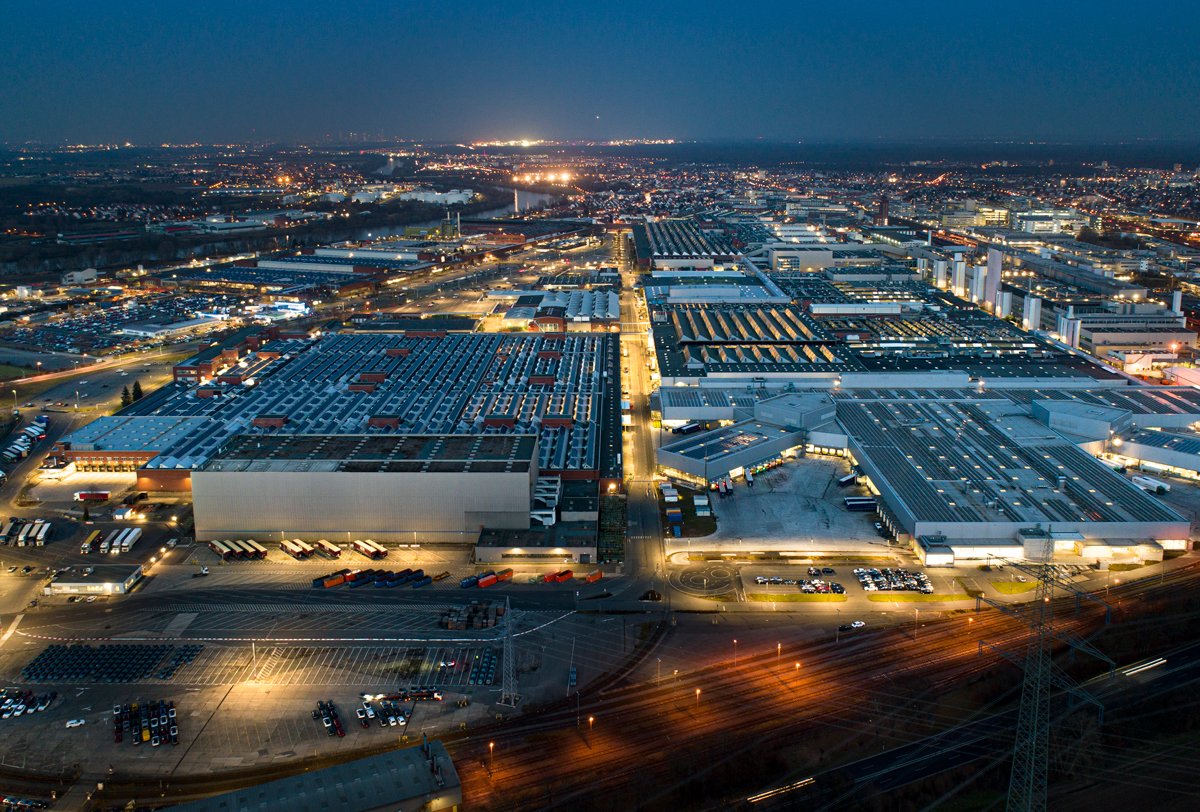
Industrial lighting must balance many different considerations
A successful lighting solution for a modern industrial facility should support the delivery of a pleasant and comfortable environment at minimal life cycle costs of the installed lighting systems. Visual satisfaction of the working environment can contribute to reduced absenteeism, minimized production errors, and a lower rate of industrial accidents. Achieving clear visibility through proper control of different factors (glare, luminance, uniformity, illuminance, color quality, contrast, and adaptation) is crucial, but inefficient operation of the lighting infrastructure can put a business at a competitive disadvantage.
Many industrial facilities do not favor daylight harvesting and the lighting systems need to operate on a 24/7 schedule. Expansive, high ceiling spaces prevalent in industrial production halls place high demands on the quantity of lumens delivered from a high bay luminaire and the quantity of luminaires required to cover the entire site. The massive number of high power lighting systems create an extremely high load requirement (kW) and draw a significant amount of electric power (kWh) over long operating hours.
The life cycle cost of a lighting system consists of three major components: capital costs, energy costs and maintenance costs. While the energy cost of running a lighting system often exceeds the capital cost of the lighting, the maintenance cost is the X factor that could have the most significant impact on the life cycle cost. Many industrial sites pose as challenging environments to illuminate. In these harsh environments, the presence of corrosive atmospheres, caustic chemicals, high humidity, extreme temperatures, heavy vibration and/or dirty power makes it difficult for the lighting systems to survive. Hard-to-reach ceilings create additional labor costs and safety concerns for re-lamping or regular servicing.
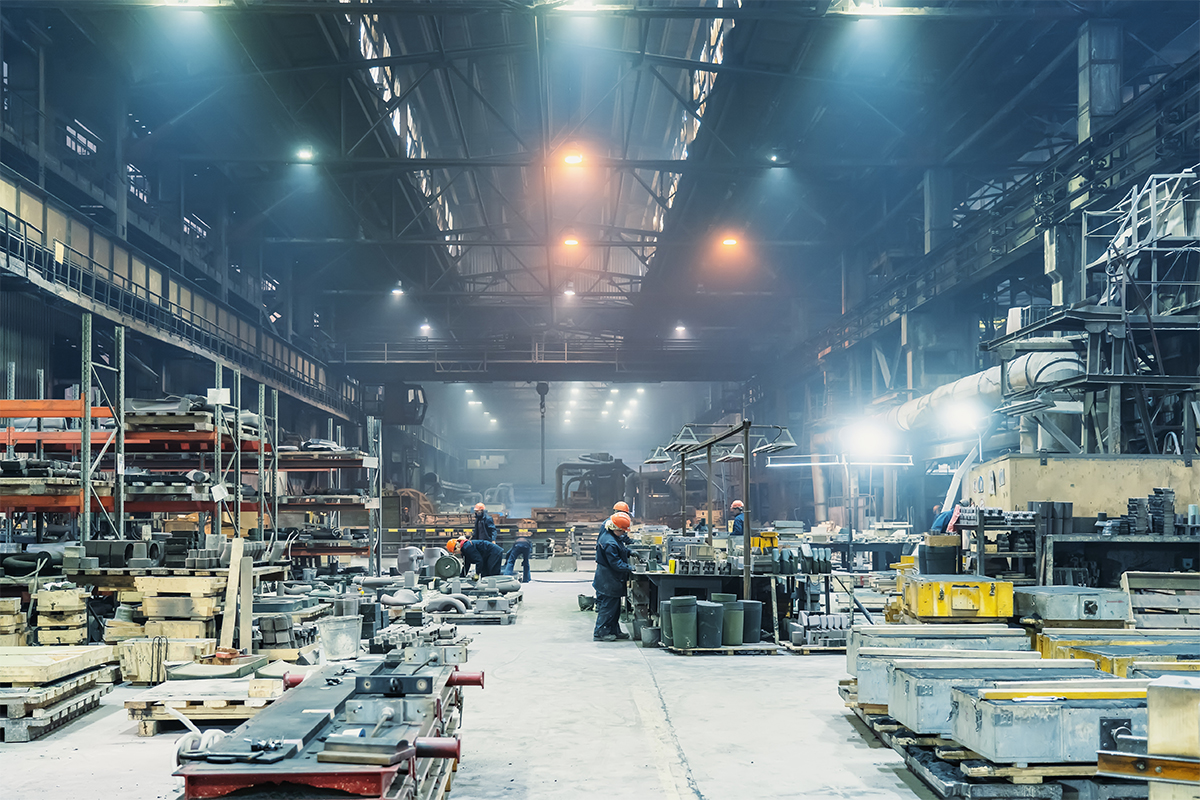
Industrial lighting systems
Industrial lighting design must balance many different considerations and use industrial luminaires that operate efficiently, effectively and reliably in challenging environments. Industrial luminaires designed for use in indoor facilities consists of two categories: high bay and low bay. High bay lights are used to provide general illumination where the roof trusses or ceiling height are in excess of 6.1 meters (20 feet). Low bay lights can be mounted at heights up to 6 meters (20 feet). High bay lights are direct lighting equipment that distributes all the emitted light in the general direction of the surface to be illuminated. They are normally designed to produce a light output of greater than 10,000 lumens in a controlled beam for adequate illuminance delivery over a tall clear height. Low bay lighting applications typically require the luminaires to produce less than 10,000 lumens and have a wider distribution for maximized coverage. The low mounting heights of low bay lights entail tighter glare control, which is accomplished by eliminating high angle light with reflectors or softening luminance with prismatic refractors or opal diffusers. Localized task lighting is used to provide an illuminance appropriate for visually demanding tasks or to illuminate shadows caused by overhead obstructions. Outdoor production areas are generally illuminated by flood lights which are aimable luminaires with controlled light distributions.
Industrial luminaires are also classified by the requirement for luminaires suitable for application in areas with abnormal environmental conditions. They need to be able to withstand adverse conditions caused by extremely high ambient temperatures, cold weather, high humidity, wet locations or hose-down environments, corrosive atmospheres, and vibration from large machinery. Industrial lighting fixtures are designed, tested and certified as necessary for use in locations that are classified by the hazardous nature of the space. Environments where there is the presence of flammable gases or vapors in the air, combustible and/or conductive dusts, and easily ignitable fibers and flyings are classified as hazardous locations. Hazardous locations can be found in oil and gas processing facilities, chemical and petrochemical processing facilities, drilling rigs, offshore oil platforms, marine loading and fuel transfer terminals, off-shore and dockside installations, tank farms, solvent extraction plants, pipeline pumping stations, waste and sewage treatment plants, pulp and paper mills, ammunition and fireworks manufacturing and storage facilities, powdering and lacquering facilities, coal preparation plants and coal handling facilities, etc.
Advances in lighting technology
Over the past decade, LED lighting has become a staple and established its dominance in the industrial lighting market. Conventional lighting systems parasitize in fluorescent or high-intensity discharge (HID) technologies which come with significant deficiencies and limitations. By taking advantage of electroluminescence produced through recombination between electrons and holes in the active region within the semiconductor p-n junctions, LEDs provide high efficiency and highly dependable operation. Already today, the widespread use of LED luminaires results in massive energy savings, but this does not exhaust the opportunities for minimizing the life cycle cost, not by a long shot.
With SSL technology, substantial additional energy savings can be achieved by improving lighting application efficiency (LAE) which accounts for optical delivery efficiency, intensity and spectrum effectiveness. The inherent longevity of LEDs combined with their spark-free operation and solid state durability makes it possible to create robust lighting systems that have a much longer lifespan, and are considerably safer to use in hazardous locations and more mechanically rugged to withstand rough environmental conditions when compared with legacy lighting systems. In industrial applications, the failure-free operation of lighting systems over a long life cycle is of decisive importance because the high maintenance costs and the dependence of industrial tasks on the illuminated environment.
The world of industrial lighting keeps getting more innovative
While LED technology has been at the forefront of operational efficiency for some time now, the latest advancements and innovations have gone the extra mile in maximizing energy effectiveness of lighting systems and creating more effective working environments. These achievements are based on taking advantage of the superior controllability of LEDs, the feature that fundamentally sets the technology apart from its counterparts. As electroluminescent devices, LEDs can endure constant on/off switching, provide full range dimming capability, and respond to control signals instantaneously and precisely. This level of controllability affords the opportunity to automatically modulate the light output of LEDs based on sensor inputs or programmed algorithms.
From occupancy sensing, time scheduling, daylight harvesting, institutional tuning and demand responses to adaptive compensation, LED lighting works with all lighting control strategies that have been designed to satisfy energy management needs of industrial facility owners or operators. Software-based control can unlock a host of value-added features beyond just the improvements to operational efficiency. By individually dimming each LED primary of a color mixing system, the spectrum and therefore the color of emitted light can be dynamically tuned. Dynamic control of color and intensity enables regulation of the production of crucial hormones to evoke favorable responses in humans on a biological level. This technology is driving the implementation of human centric lighting (HCL) for enhanced physical health, mental well-being, and productivity in workplaces.
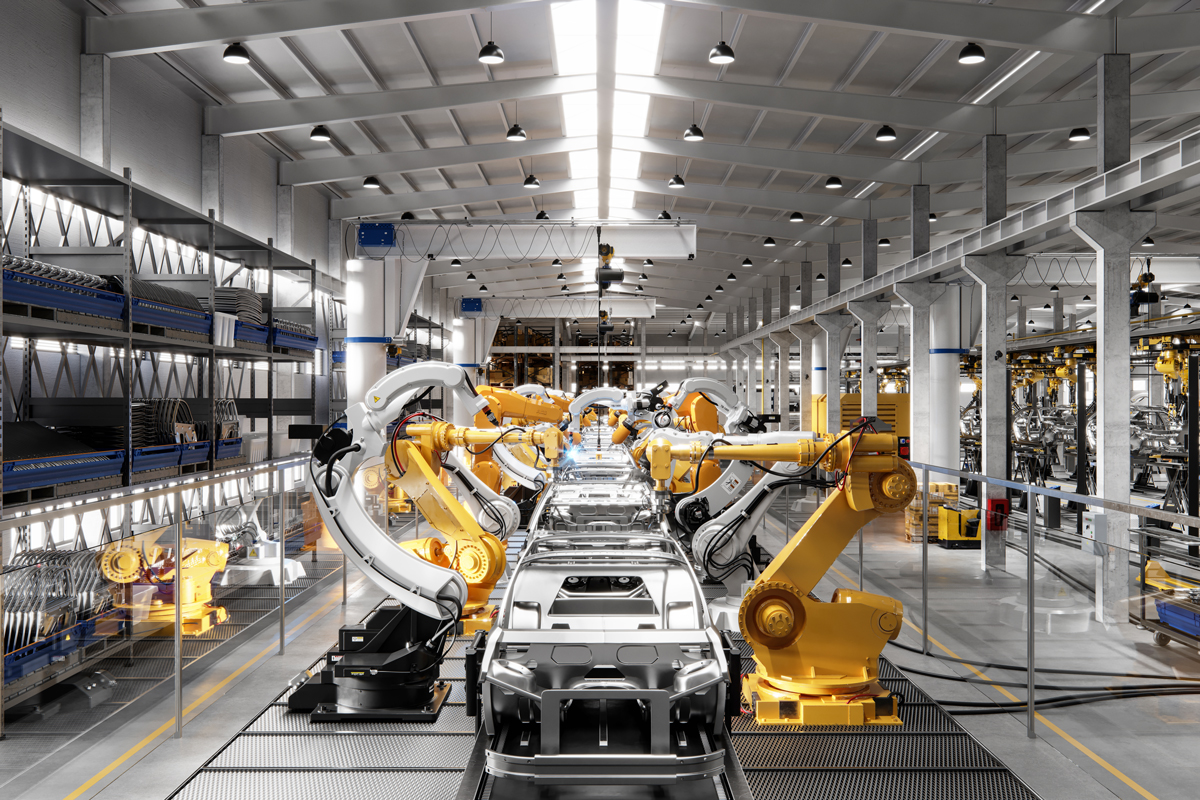
The importance of interoperability and individualized control
Intelligent LED lighting based on localized sensing and/or embedded programmability is the most basic form of smart lighting. As the level of sophistication grows so do the cost and complexity, which makes it impractical to deploy standalone smart lighting systems in industrial facilities with a large number of fixture installations. In these facilities, the quantity of light (illuminance) and its spectral composition often vary depending on the visual task, the time to perform the task, the worker who performs the task, and the importance of the various task parameters in performing the work. Centrally controlled light fixtures with lighting controls installed at the circuit level lack flexibility and responsiveness to address individualized needs and to accommodate future layout and mission changes.
Industrial light fixtures should be united at a facility-wide basis, allowing to collaborate among themselves, yet providing individuality to personalize lighting for a specific area. The collaboration and information exchange between lighting systems should conceive a higher level of collective intelligence that extends the capabilities of the lighting systems beyond what they can offer when working as self-contained systems.
Digital networking
Smart industrial lighting is an evolving concept revolving around creating a digital ecosystem to automate lighting, optimize environments, and ultimately deliver the highest possible value to a business. The digital ecosystem thrives on the convergence of LED lighting and digital networking of intelligent control devices. While the digital nature of LEDs allows them to be seamlessly integrated with electronic circuits, digital networking allows the communication between lighting systems and control devices to be established using digital binary messages, instead of control commands based on variations in voltage.
The basic building blocks of control zoning are transformed from lighting circuits that are based on hard analog terminations to digital control systems that are based on soft wiring terminations. The use of digital control systems enables functions through computer programming, allows for two-way communication, and permits zoning and rezoning to be implemented via software addressed to individual luminaires or groups of luminaires across different lighting circuits. With luminaire-level digital addressability, a single luminaire can be assigned to different zones to execute different control strategies under different circumstances. The ability to define a control zone at any scale contributes to greater flexibility and therefore greater precision in light delivery. Software addressing also enables easy rezoning that adapts to changes in space use. Two-way communication allows performance data such as energy consumption and driver status to be collected for subsequent processing which involves the use of a set of statistical and optimization tools to refine facility operations and drive more effective business decisions. With digital networking, light fixtures can be integrated into industrial automation systems for centralized control and facility-wide data exchange.
Drive current regulation and processing capacity
The synergy of LED technology and digital controls transforms an industrial luminaire into a digital lighting node that is individually controllable and supported by the collective intelligence of the digital ecosystem. Industrial LED luminaires are integrated systems in which the interdependent subsystems for thermal management, drive current regulation, optical control and mechanical integration must work in unison to ensure the optimal performance of the LEDs. Among the constitutive parts, of particular importance is the LED driver which provides power conversion, under supply voltage or load variations, to drive the LEDs with a constant load of DC power. In a smart lighting system, the LED driver is no longer a simple constant current power supply, but an active element critical to successful controls implementation.
The luminous behavior of LEDs is determined by the drive current. It is therefore the driver’s execution of switching and dimming control commands that facilitates deployment of different control strategies. Continuous dimming is an essential function necessary to support smooth control changes and flexible lighting scenarios where multiple LED channels or lighting layers require careful balancing of luminous contrast ratios. An LED driver provides this function using built-in pulse-width modulation (PWM) or constant current reduction (CCR) dimming circuitry.
The diversity of options that may be integrated into an LED driver provides the opportunity to create full-featured smart lighting systems. Central to these systems is the controller, which communicates with a central management system via a gateway, provides local data processing and decision-making, and originates commands to the LED driver. A light controller is a system-on-chip (SoC) or an integrated circuit (IC) that contains on board a microcontroller and a transceiver. The microcontroller further integrates a central processing unit (CPU), memory and I/O. Embedded software (firmware) is written into the flash memory. The programmable nature of a microcontroller-based LED system enables implementation of intelligent lighting features such as lumen maintenance dimming, color mixing, scene setting and advanced scheduling.
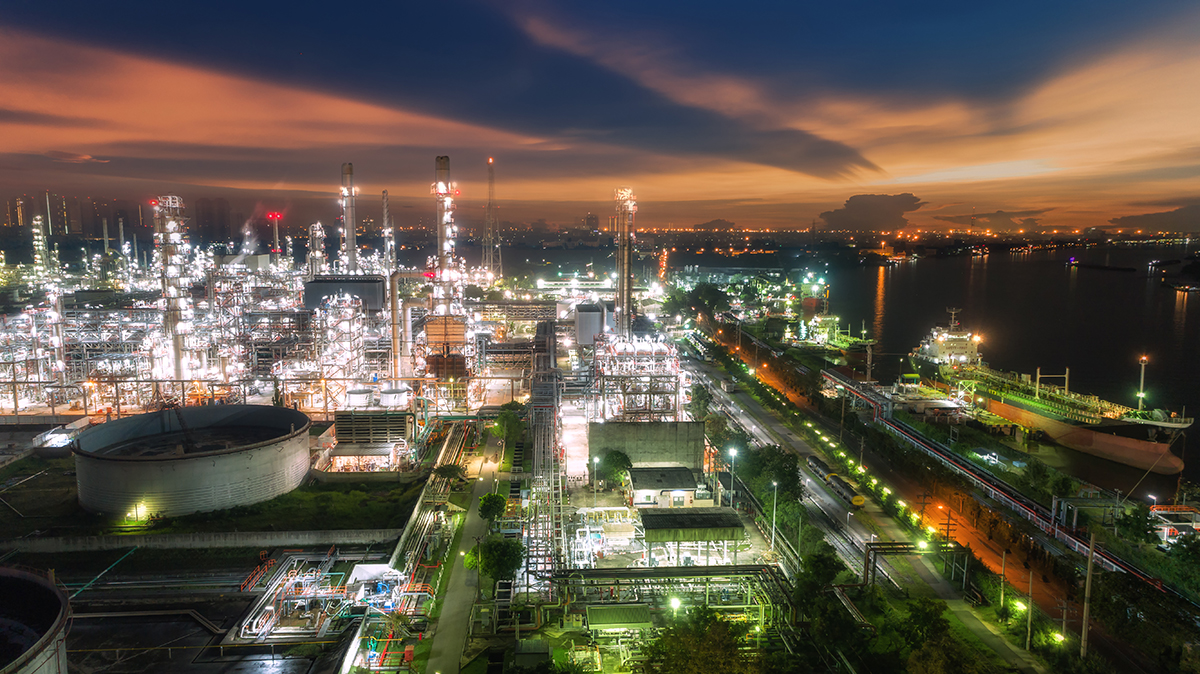
Connectivity platform
Digital networking of industrial lighting systems relies on the use of a robust connectivity platform. Making systems work together to enable flexibility in control zoning, facilitate data exchange and provide collective intelligence requires the heterogeneous systems to collaborate and interoperate with each other. The ability for the diverse, geographically-dispersed lighting systems, sensors and control devices to communicate information and act on that exchanged information is a critical need in industrial applications. A manufacturing facility often covers a large area and consists of multiple buildings. Controlling the large number of light fixtures through hardwiring is clearly not a logical solution.
Wireless networking provides a viable, cost-effective solution by eliminating the fuss of electrical wiring and drastically reducing the complexity in network formation, commissioning and ongoing management. The two-way communication through mesh networks has become mainstream. A wireless mesh network consists of intelligent nodes that are interconnected with each other and supports multiple paths for packet broadcasting. Node interconnection and intercommunication create true interoperability. Mesh networks are self-healing in the sense that these networks allow for continuous connections through alternative paths when a disruption occurs. Once a wireless network is established, that network can grow and the range of communication can be extended by simply adding new nodes.
Bluetooth Mesh and ZigBee are the two most widely recognized topologies. They deliver the interoperability, scalability and reliability required for industrial mesh networking. Bluetooth Mesh uses a managed flood message relay architecture in which every node is repeating every message. ZigBee uses destination-based routing. Each node in a ZigBee network may act as an independent router.
Internet of Things (IoT)
Smart industrial lighting in its essence is about integrating lighting systems into computer-based networks that are evolving toward what is on the horizon with the Internet of Things (IoT). IoT extends the Internet Protocol (IP) communication to resource-constrained endpoints and enables interoperability at the vast scale of the IP-based network. The IoT infrastructure offers a proliferation of applications and services to address and tackle the challenges that are too difficult to handle within the isolated network.
Within the IoT ecosystem, computing power does not have to physically reside in the lighting systems. The cloud infrastructure may include servers and software to provide the endpoints cloud computing, big-data analytics, artificial intelligence and machine learning capabilities. These capabilities can be used to streamline data ingestion, data storage, data processing and data visualization. The actionable insights from IoT data enables facility operators to optimize operational efficiency and increase lighting automation.
An IoT platform orchestrates and handles everything between IoT devices and IoT applications. It provides a suite of software components to provide IoT data management, device management, application enablement and development. Smart industrial lighting may be meshed into the Industrial Internet of Things (IIoT) that is poised to open up a new era of industrial applications.

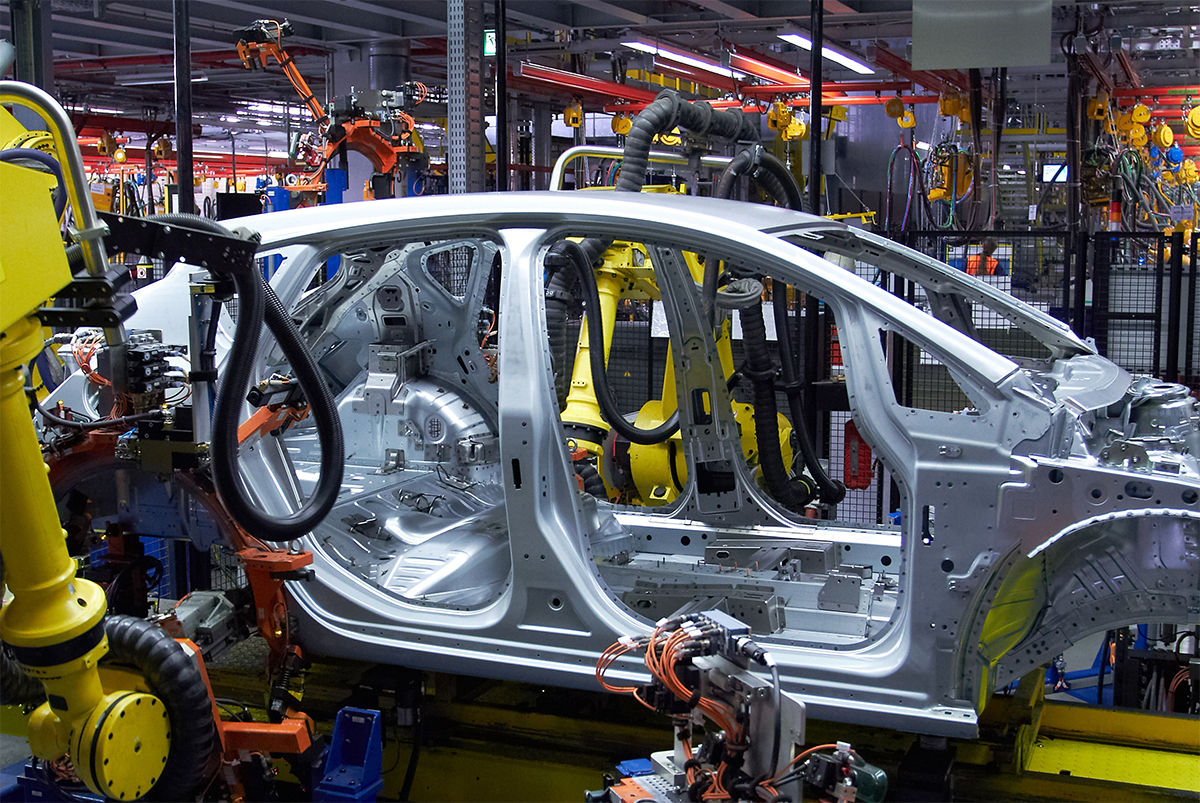
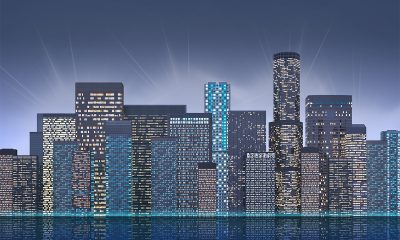


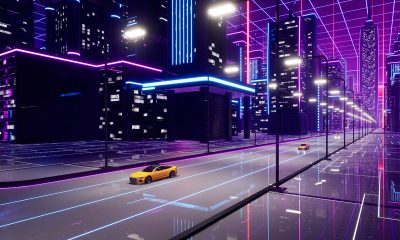
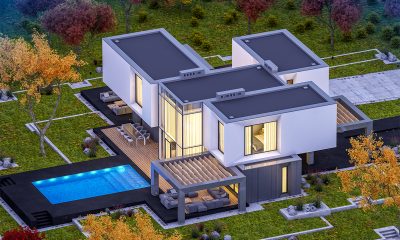
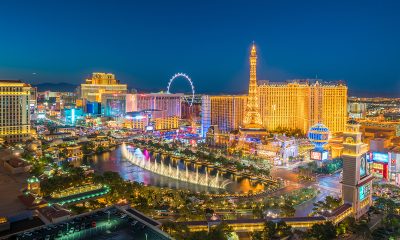
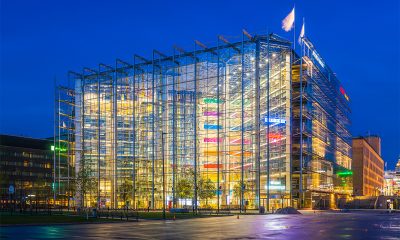
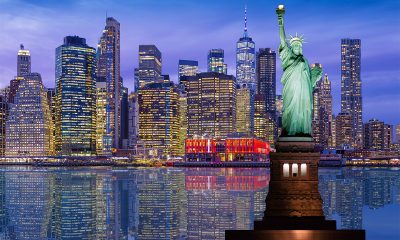
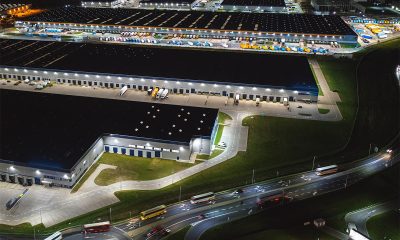

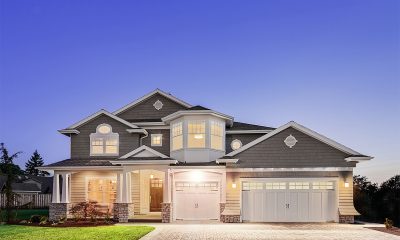
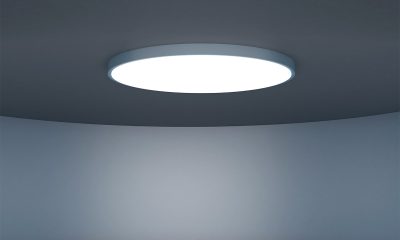





Loading...